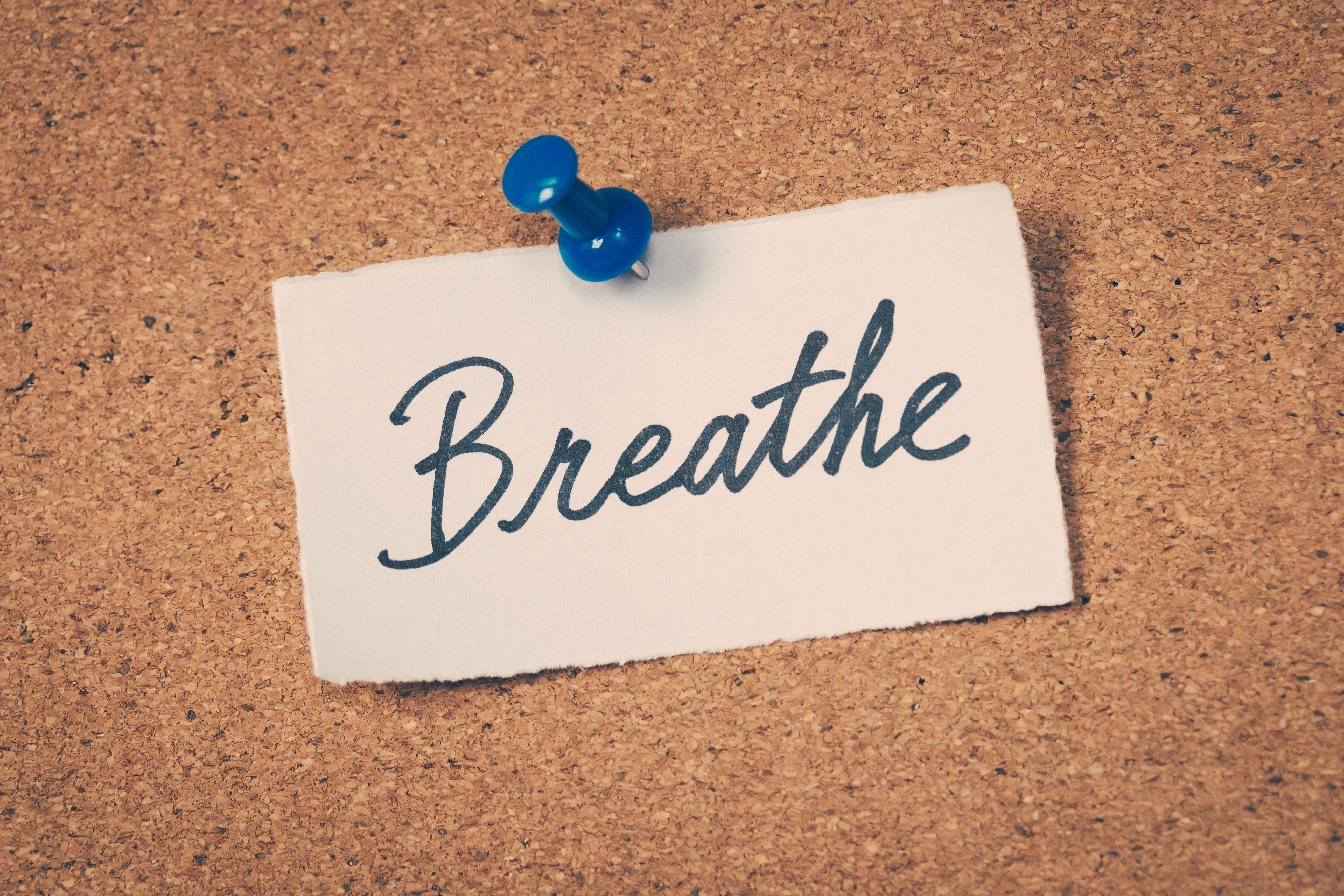
Quick: think of three things that make you feel anxious or stressed. Most of us have no trouble reeling off answers. And people who suffer from anxiety disorders — such as social anxiety, phobias, or generalized anxiety — may have a variety of triggers that send anxiety soaring. While belly breathing alone can’t fix deep-seated anxieties, it works well as a tool to help ease anxiety and garden-variety stress. Regularly engaging in belly breathing (or trying the mini strategy described below) can help you turn a fight-or-flight response into a relaxation response that’s beneficial to your health.
How should you breathe?
You take up to 23,000 breaths per day, so make sure you do it right.
How should you breathe? Like a sleeping child, says Dr. Katherine Rosa of the Harvard-affiliated Benson-Henry Institute for Mind Body Medicine. “If you ever watch children sleep, they all breathe from the belly and not the chest. This relaxed state is the more normal way to breathe.”
Yet most people are chest breathers, which is how we react to stress. When we sense a threat, our fight-or-flight response automatically kicks in. We breathe at a rapid pace to suck in extra oxygen, to fuel our heart and muscles so we can flee the danger.
Of course, we don’t need our fight-or-flight response to escape predators anymore. Our threats now come from the stress of emails, personal confrontations, daily news, and traffic jams.
“Your fight-or-flight response is meant to be a short-term reaction that comes and goes,” says Dr. Rosa. “But today, we are surrounded by so many stressors that we constantly stay in this state of tension. It doesn’t turn off, and we often don’t even notice it.” The result: we have become a nation of chest breathers.
Feel it in your belly
One way to change our reaction to modern stress is to learn how to belly breathe instead of chest breathe. Belly breathing stimulates the vagus nerve, which runs from the head down the neck, through the chest, and to the colon. This activates your relaxation response, reducing your heart rate and blood pressure and lowering stress levels.
If you are not familiar with belly breathing, try this exercise: sit in a chair, lean forward, and place your elbows on your knees. Then breathe naturally. “This position forces you to breathe from the belly, so you know what the sensation feels like,” says Dr. Rosa.
A mini strategy to ease anxiety and stress
A strategy to teach yourself mindful belly breathing is to practice what Dr. Rosa calls “the mini.” Here’s what you do: every time you feel stressed, simply take three slow and controlled deep belly breaths. “It’s a simple act, but this interrupts the fight-or-flight response and puts it on pause,” says Dr. Rosa. “Over time, belly breathing can buffer your resistance to your fight-or-flight response, so you are not as sensitive to stress triggers.”
To help you be more mindful about your breathing pattern, place one hand on your belly and the other on your chest. “You want the chest hand to be still and the belly hand to move out like you are blowing up a balloon,” says Dr. Rosa.
She suggests practicing belly breathing throughout the day, like once every hour or up to 10 to 15 times per day. “As it becomes more of a habit, you can automatically engage belly breathing whenever you face a stressful event.”
Excerpt taken from Matthew Solan
Executive Editor, Harvard Men’s Health Watch